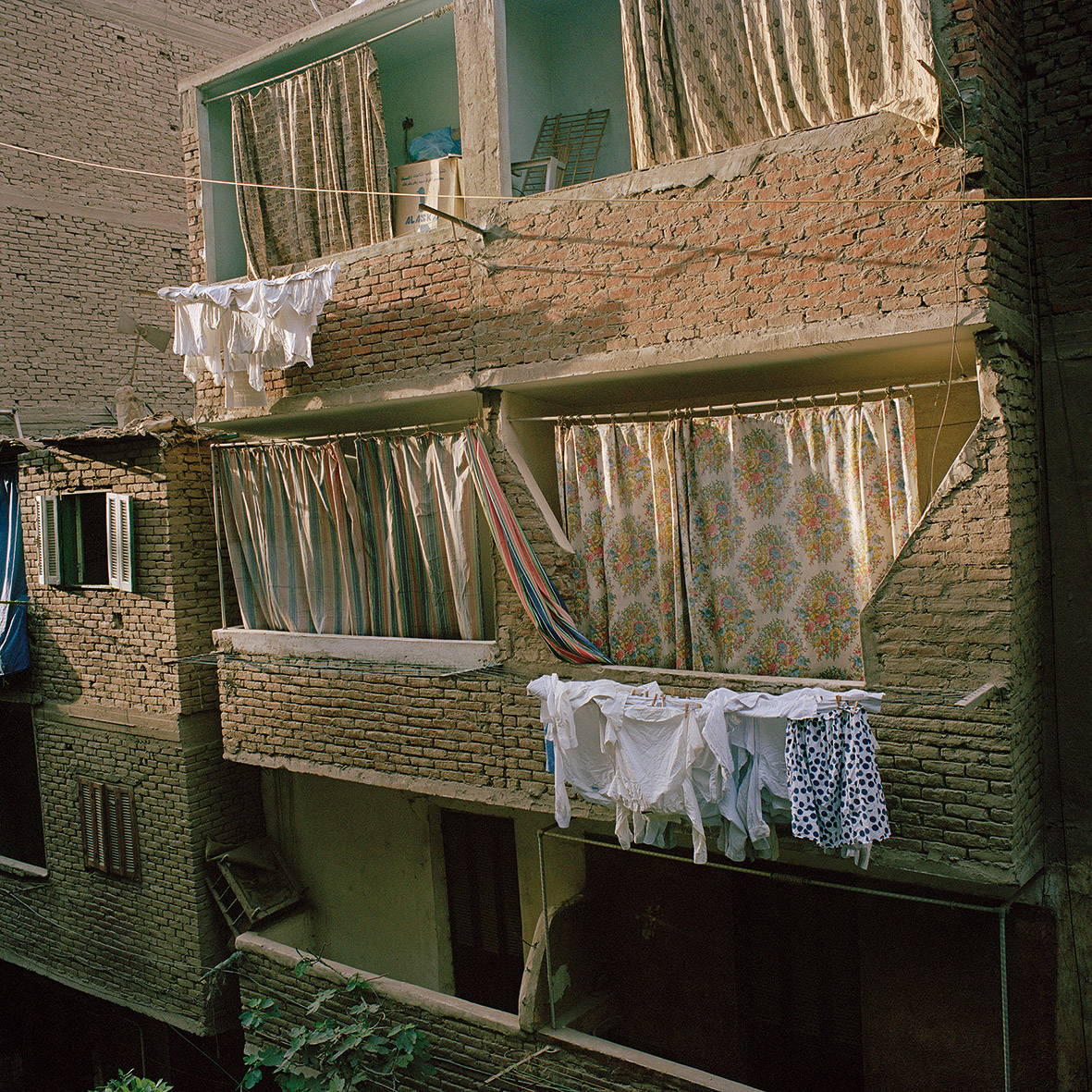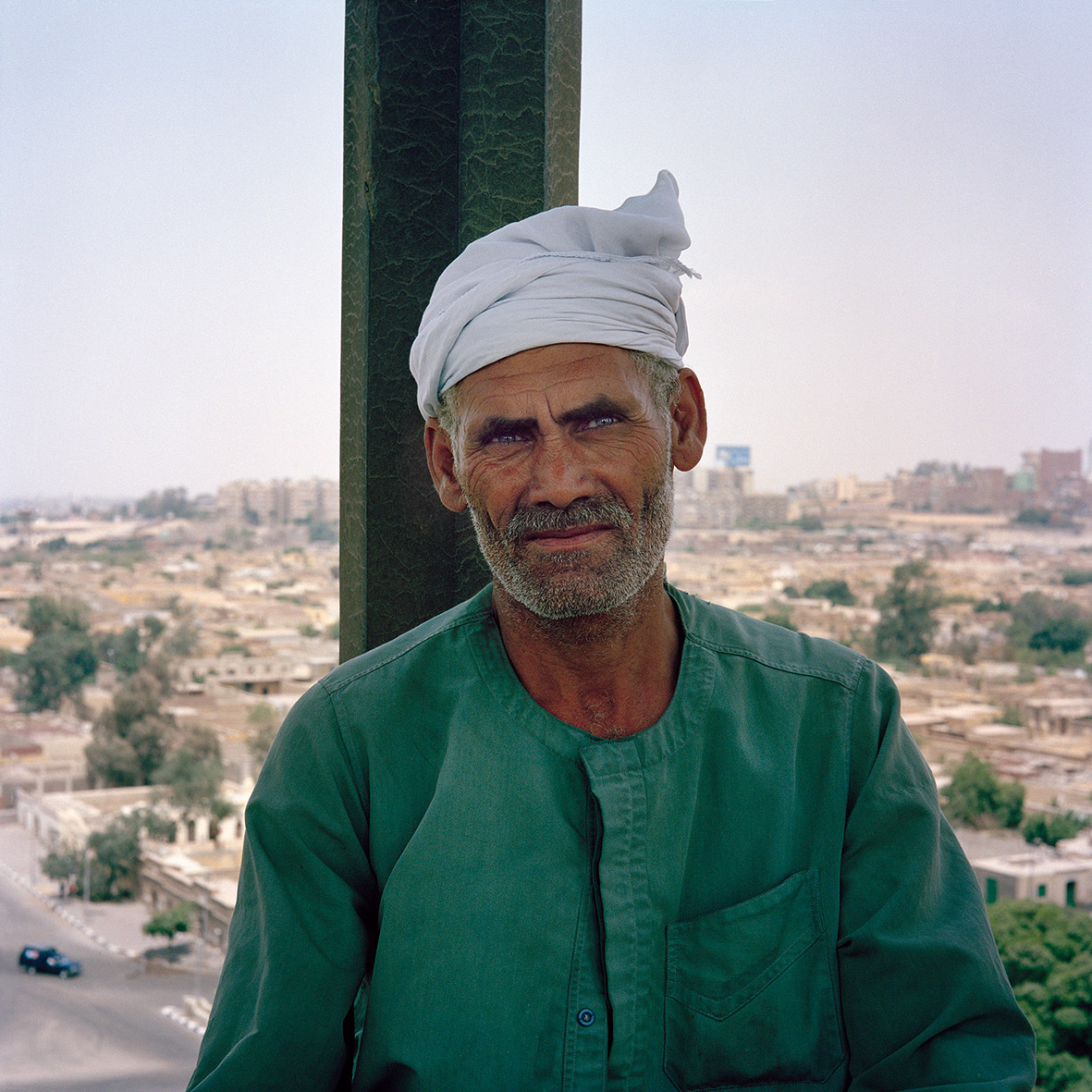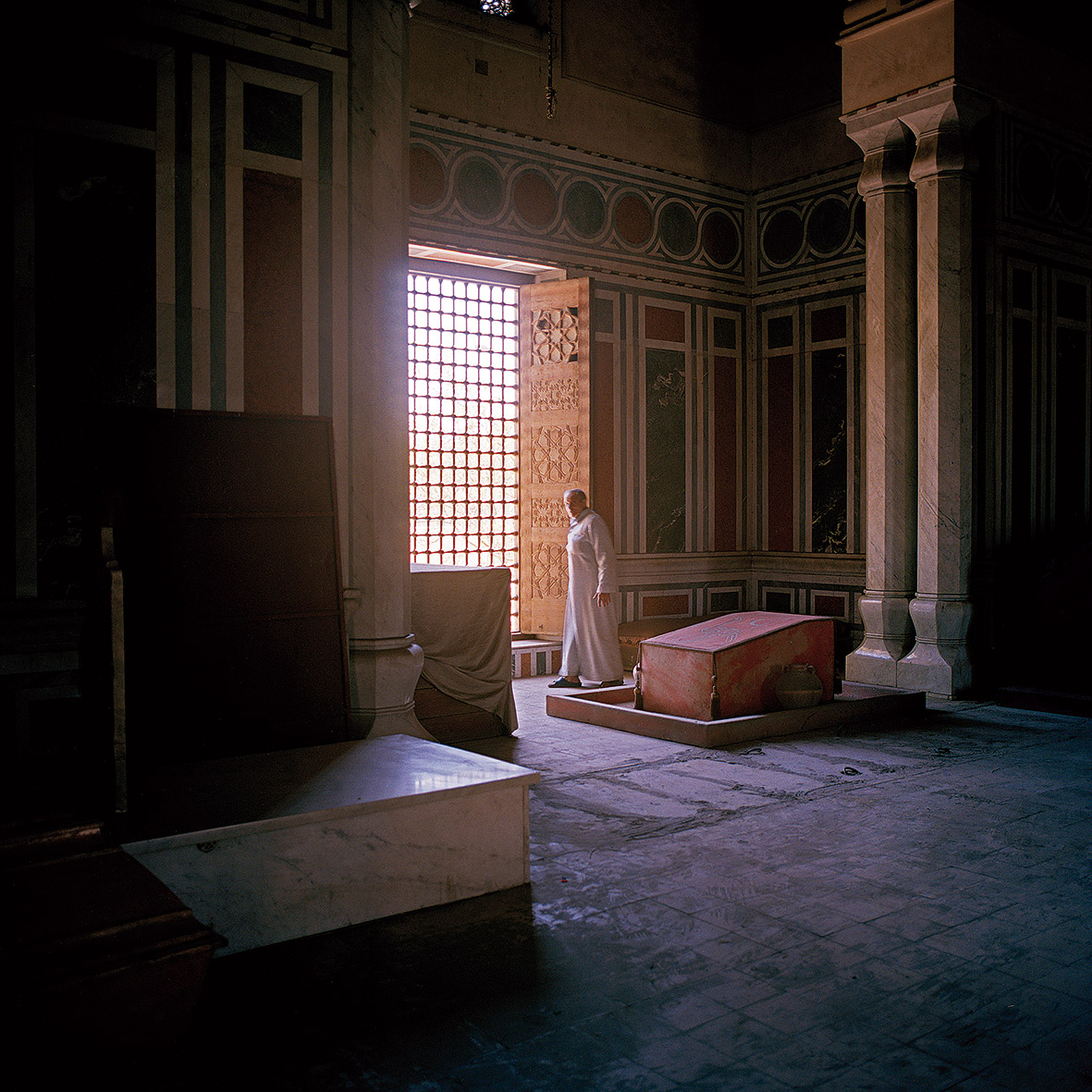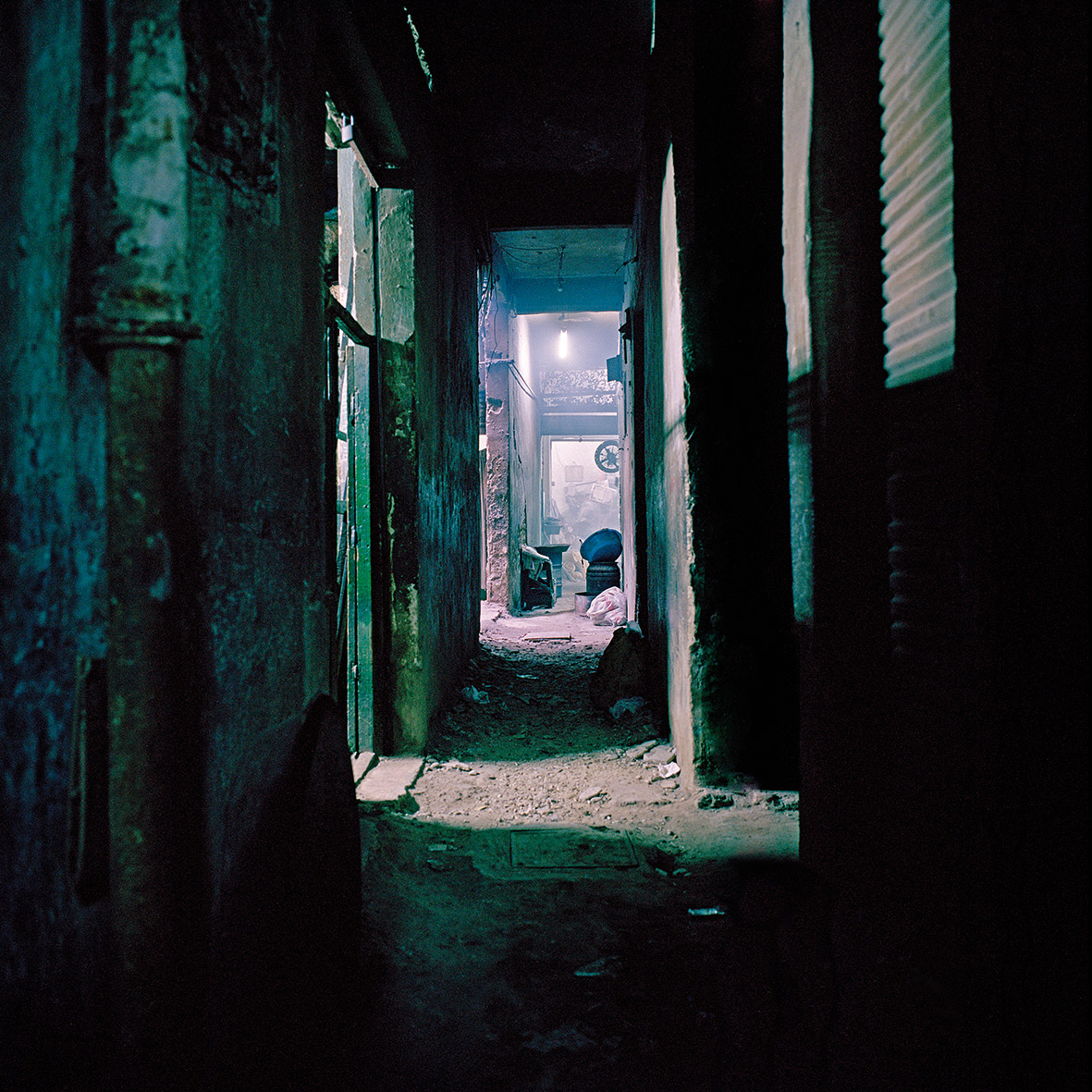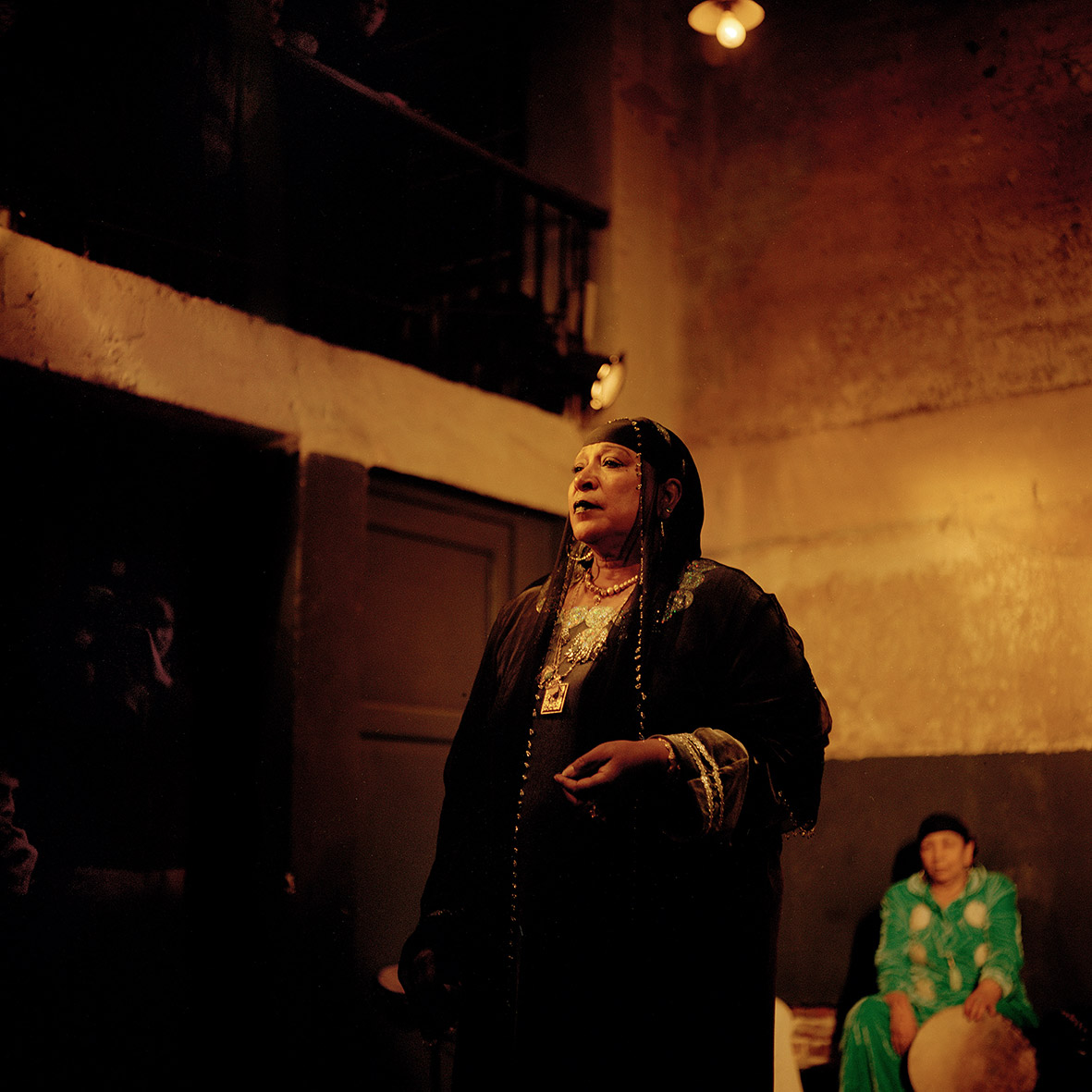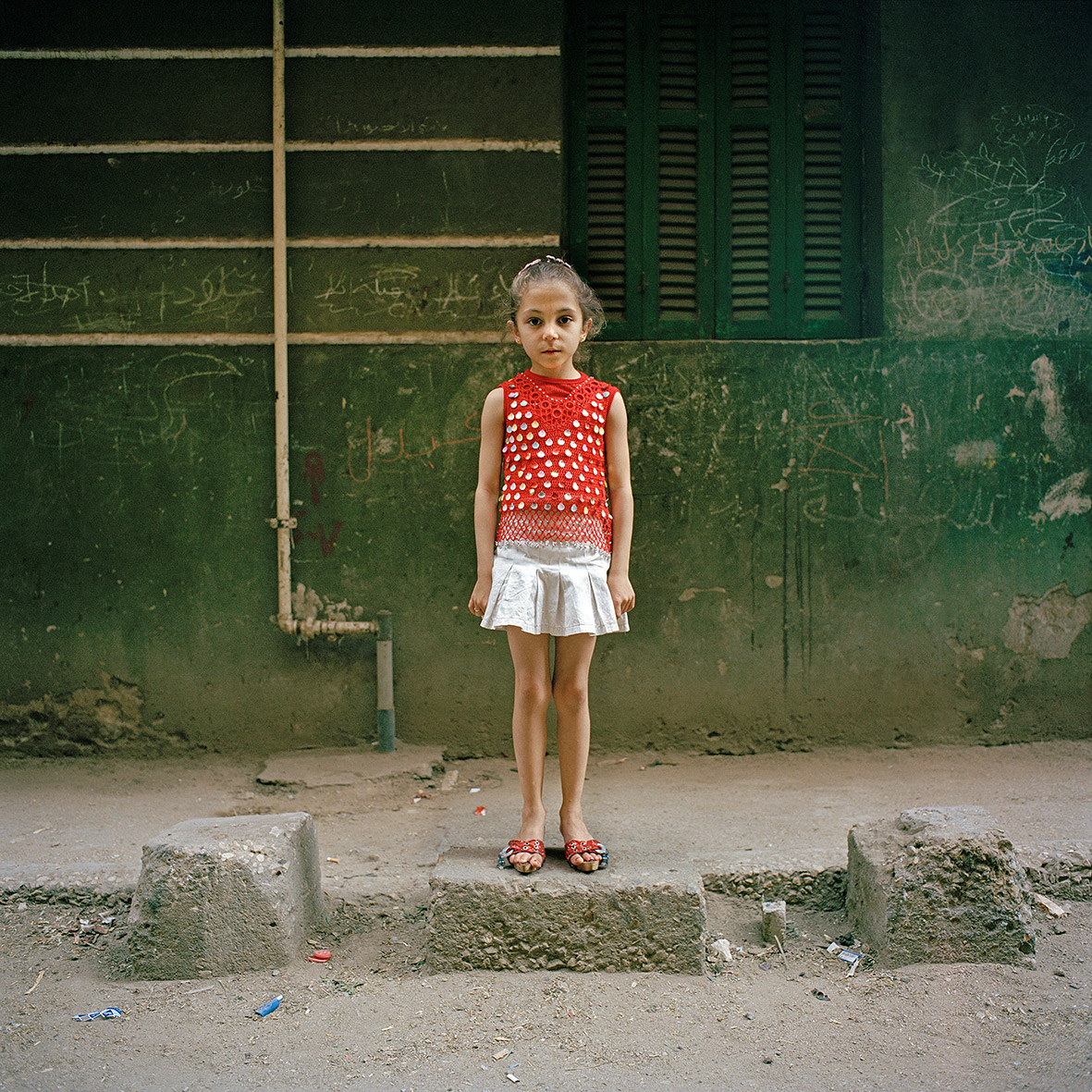Homage to a foreign city
In the beginning there was light. Orange and yellowish. Bluish and green. I have seen to many cities at night, and everywhere I was it was the same: bright, white, sober. Not in Cairo. Here, dust, haze and oppressive heat fade away at night, revealing the 22-million metropolitan area with its dirty alleys, dust-covered sandstone buildings and haze-shrouded minaret towers. With the sun, the hustle and bustle and noise give way, and what remains are streets and buildings bathed in colourful light, the green of the mosques and the magic of a thousand and one histories. The night makes Cairo beautiful. It hides many things – but not the imperfections and the liveliness that characterise Cairo and its inhabitants.
Cairo is different. The 25-piaster notes so old that they seem to live softly like tattered handkerchiefs under the fingers. The fresh, sometimes unfamiliar fruit at every street corner. Even McDonalds, beacon of uniformity worldwide: young girls meet here, hundreds of them, sharing french fries in groups of eight. Because here they are served alone, even if they are women.
Or rich Cairo. The tourists dining at night under the illuminated pyramids. The caretaker of my house who lets himself be rewarded with a can of beer for any small favour. The cordiality of the men among themselves and that strange respect for women. Trade as a way of life. Everything is different. Everything.
The quiet in the storm. The pause. The slowness. The immobility. I have found places in the hustle and bustle that are nevertheless off the beaten track. I have portrayed the small in the large. The absence of the expected. And I let the people I meet and get to know to be a part of it.
I looked for the Cairo that is not presentable. With an old Mamiya C330 in my hand. Not the dirty Cairo, the bigoted, the corrupt. But the beauty in it.



